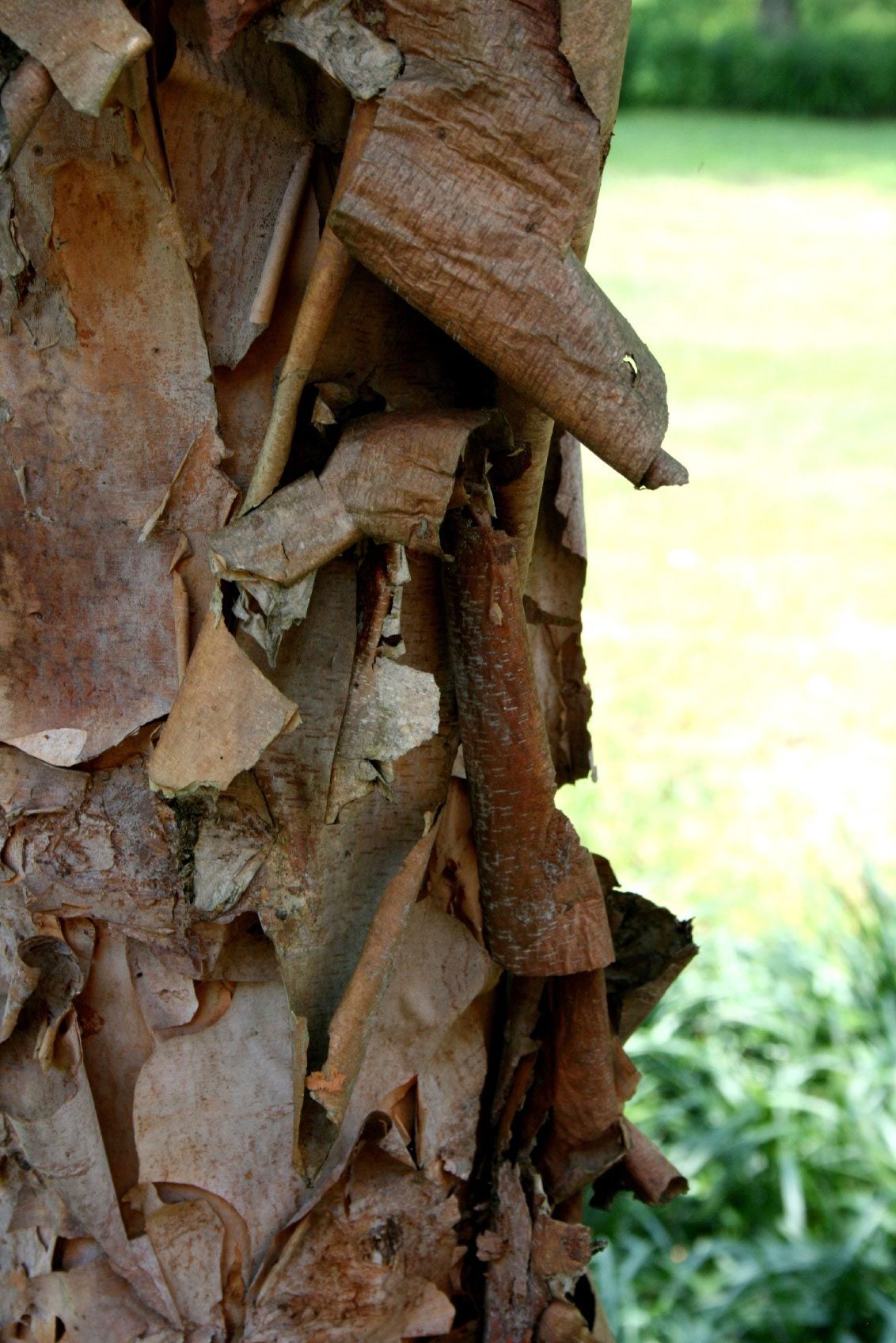Dogwood Bark Peeling Off: Fixing Tree Bark Flaking On Dogwood Trees


Dogwoods are native ornamental trees. Most flower and fruit and have dazzling fall displays as the leaves change color. Peeling bark on dogwoods may be the result of serious disease or it could be a natural condition in some species. Knowing the species of your tree is crucial to deciding if a dogwood with peeling bark is in danger or if it is a normal occurrence. Dogwood is both a native and introduced species across North America, especially the cooler climates. The plants may be trees or shrubs in form, but all of them offer extraordinary color and many of them flower. Many of the varieties are deciduous and provide a rich fall color display followed by bright green, yellow, coral, and orange revealed stems. They are quite winter hardy but are sensitive to mechanical injury and a variety of pests and diseases. For this reason, the tree bark flaking on dogwood trees may be the result of a canker, borer, string trimmer, or fungal disease, to name but a few.
When a Dogwood with Peeling Bark is Normal
The Kousa dogwood is an ornamental tree that is more cold tolerant than flowering dogwood. It has bark which peels off in irregular patches, revealing a mosaic of mottled colors underneath. The dogwood bark peeling off is part of this tree's appeal, along with its winter interest and fall display of purple leaves. Other times that peeling bark on dogwoods may be normal is when it occurs due to wild herbivores rubbing their antlers or standing on the trunk. Small rodents may also chew on trunks and cause sloughing bark. None of these conditions are good for the tree but would be categorized as wildlife problems and completely normal in certain regions. Sunscald on young trees may also result in peeling bark. It is a good idea to site them where winter sun won't be aggressive or paint the trunk with latex paint thinned with water. Drought conditions can cause cracked bark near the base. This condition is easily corrected by giving the plant supplemental moisture.
Dogwood Tree Bark is Peeling Due to Disease
Dogwood anthracnose is a common disease in the Cornus genus. It causes yellow leaves and twig dieback, as well as sunken discolored areas of tissue. These are common symptoms of branch and crown canker as well. Basal trunk canker will cause splitting and some loss of bark. It also presents with lesions in the tree that weep sap and can seriously affect the health of the tree. It is best to consult an arborist for either of these diseases which cause peeling bark on dogwoods.
Pests that Cause Tree Bark Flaking on Dogwood
Dogwood bark peeling off may be the result of tiny insects that do more harm than good. The dogwood twig borer is a nasty pest that gets into the vascular tissue of the tree and undermines the tissue. It lives in the tree's tissue and causes bark upheaval in infested locations. These invasive creatures may be difficult to detect until widespread damage is done because they hide away from investigative eyes inside the plant. Other borers, like the apple tree borer, also appear to favor Cornus trees and cause similar damage. Scale insects in high concentration may make it appear that the dogwood bark is peeling. This is because when they mass on a stem, they seem like hard-bodied scabs which can be easily flicked off with a fingernail. They have the appearance of damaged bark but are actually insects subject to pesticides and manual removal.
Gardening tips, videos, info and more delivered right to your inbox!
Sign up for the Gardening Know How newsletter today and receive a free copy of our e-book "How to Grow Delicious Tomatoes".

Bonnie Grant is a professional landscaper with a Certification in Urban Gardening. She has been gardening and writing for 15 years. A former professional chef, she has a passion for edible landscaping.
-
 Looking For Plants To Give You The Soft And Fuzzies? Try These 5 Fuzzy Leaf Plant Options
Looking For Plants To Give You The Soft And Fuzzies? Try These 5 Fuzzy Leaf Plant OptionsLovers of texture, drama, silver foliage and tactile plants will adore these special sensory garden additions. These fuzzy leaf plant options will leave you all aglow
By Susan Albert
-
 Get Ready For A Summer Of Hummers! Grow These Full Sun Hummingbird Plants and Flowers
Get Ready For A Summer Of Hummers! Grow These Full Sun Hummingbird Plants and FlowersIf you’re lucky enough to enjoy a sunny backyard, make sure you are maxing out on your pollinator opportunities and grow these full sun hummingbird plants and flowers
By Tonya Barnett